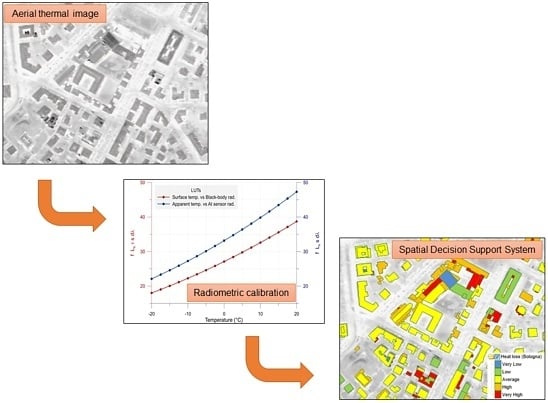Aerial Thermography for Energetic Modelling of Cities
Abstract
Share and Cite
Bitelli, G.; Conte, P.; Csoknyai, T.; Franci, F.; Girelli, V.A.; Mandanici, E. Aerial Thermography for Energetic Modelling of Cities. Remote Sens. 2015, 7, 2152-2170. https://doi.org/10.3390/rs70202152
Bitelli G, Conte P, Csoknyai T, Franci F, Girelli VA, Mandanici E. Aerial Thermography for Energetic Modelling of Cities. Remote Sensing. 2015; 7(2):2152-2170. https://doi.org/10.3390/rs70202152
Chicago/Turabian StyleBitelli, Gabriele, Paolo Conte, Tamas Csoknyai, Francesca Franci, Valentina A. Girelli, and Emanuele Mandanici. 2015. "Aerial Thermography for Energetic Modelling of Cities" Remote Sensing 7, no. 2: 2152-2170. https://doi.org/10.3390/rs70202152
APA StyleBitelli, G., Conte, P., Csoknyai, T., Franci, F., Girelli, V. A., & Mandanici, E. (2015). Aerial Thermography for Energetic Modelling of Cities. Remote Sensing, 7(2), 2152-2170. https://doi.org/10.3390/rs70202152








